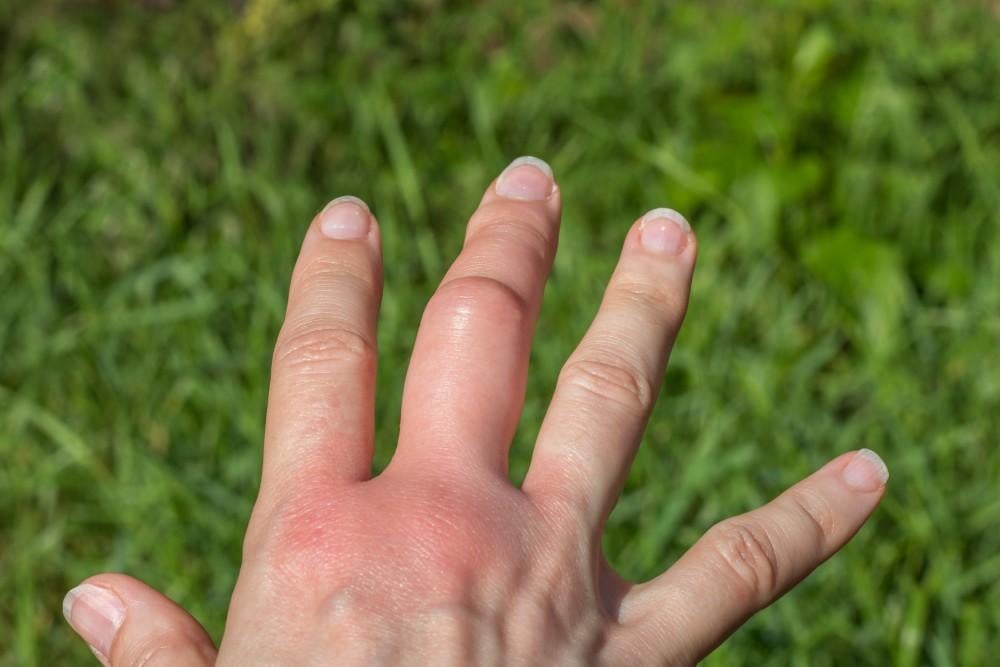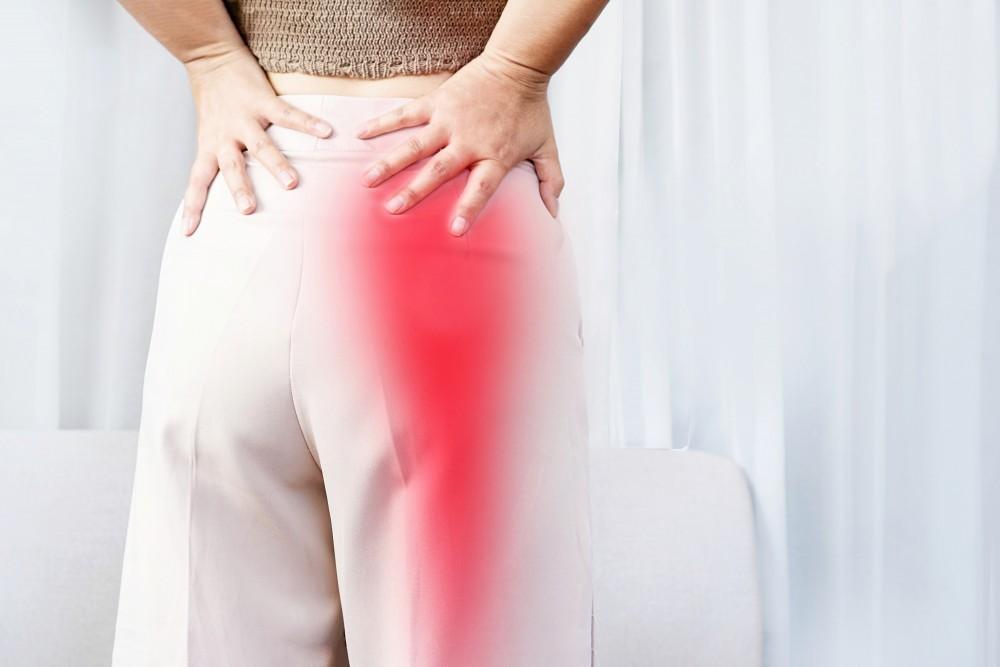Back and neck pain is extremely common, and the leading cause of disability worldwide. Problems with this area of the body account for 264 million missed days at work, and about 31 million people complain of some form of back problem at any given time. Lower back and neck pain are often connected to issues like herniated or compressed discs, and spinal decompression can offer relief for this kind of pain.
To help you understand how this method can help, let’s look at spinal chronic neck and back pain, what causes it, and how the spinal decompression process works. Residents of the Houston and Spring, Texas, areas looking for help with chronic back and neck pain can find it with Drs. Billy Cheong, Kesia Broome, and the experienced team at Elite Spine and Health Center.
Understanding neck and back pain
Back and neck pain can also be the result of irritation or damage to your spine. A very common spinal problem that leads to chronic back and neck pain affects your lumbar spinal disc, located between your vertebrae (the bones that form your spinal column). Your back has five of them, and they provide shock absorption by distributing the load it bears. They also maintain the distance between vertebrae while moving, help spine flexibility, prevent excessive movement, and form the lordotic curve, the backward C-shape of a healthy spine.
Causes of neck and back pain in your spine
Damage to your spinal disc can cause:
Lumbar disc herniation
Also known as a herniated disc, this the result of the gel-like substance inside your disc leaks outward, leading to irritation of surrounding muscle joints and nerve roots. In addition to spinal pain, this can also cause sciatica (stabbing pain down your legs).
Lumbar degenerative disc disease
This happens because of wear and tear on your spinal discs, which leads to intermittent flare ups of chronic, low level back pain that lasts for a few days at a time.
Other common lower back-related conditions that cause pain in your neck and back include osteoarthritis, sacroiliac joint dysfunction, isthmic spondylolisthesis, and spinal stenosis. Many health and lifestyle choices can add stress to this area of your body, such as heavy lifting, sudden impacts to your spine, smoking, obesity, advanced age, and prolonged standing and sitting.
How spinal decompression works
We specialize in the nonsurgical type of spinal decompression, which utilizes a traction table to relieve the pain of damaged, bulging, or degenerated spinal discs, sciatica, and injured or diseased spinal nerve roots. The therapy stretches and relaxes your spine in a controlled environment to pull bulging or herniated material back into your discs and promotes the passage of vital nutrients into the affected area to foster healing.
To start the procedure, you will lie on the traction table and a harness is placed around your hips, which is attached to the lower part of the table. Then, the upper portion of the table remains fixed as the lower part slides back and forth to stretch and relax your spine. Some tables manage this process in different ways, where the patients may lie facing down as opposed to facing up, but the overall treatment is the same.
You shouldn’t feel any pain, the only sensation should be the stretching of your spine during treatment. This is a low risk, outpatient treatment that is generally well tolerated and offers you a nonsurgical way to get back and neck relief. If you’re ready to see what this therapy can do for you, make an appointment with Drs. Cheong, Broome, and Elite Spine and Health Center today to get started.




